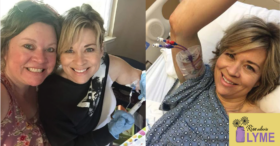BAL Leading the Way Series
“I was seeing more and more patients here at UCSF who hadn’t traveled to Massachusetts, New Jersey, or other places endemic for Lyme, but rather had just been in the California Bay Area or on West Coast trips to places that we don’t consider—at least by the classic maps—as being endemic Lyme areas.”
– Felicia Chow, MD, Associate Professor of Neurology and Medicine at University of California, San Francisco
There’s been much excitement in the Lyme community regarding the founding and development of the Lyme Clinical Trials Network since it was first announced. With a $1m seminal grant from Bay Area Lyme Foundation, UCSF joined the Clinical Trials Network to further study and develop better treatments for patients with Lyme and other tick-borne diseases. The Network aims to address the need for high quality, innovative clinical trials to develop evidence-based treatments for patients with persistent Lyme symptoms following initial antibiotic treatment—a population that has grown to more than two million Americans and continues to increase. We sat down with Principal Investigator, Dr. Felicia Chow, to learn more about plans for this California Clinical Trials Network node, and her role as Director of the UCSF Neuro-Infectious Diseases Clinic.
Dr. Chow is a neurologist specializing in infectious diseases. This means she’s particularly interested in how pathogens like bacteria, viruses, and parasites, invade the nervous system and cause neurological damage and/or symptoms. Her expertise is in managing conditions such as brain abscesses, neurocysticercosis (a parasitic infection of the brain), neurosyphilis, and neurological complications associated with HIV. Additionally, she is well-versed in infectious causes of meningitis, encephalitis, and myelitis.




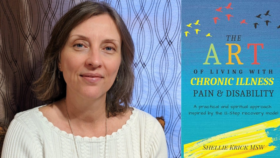

 Dana Parish: I am so excited today because I’m here with Dr. Todd Maderis. Thank you so much for being here today. I’m thrilled to talk to you. Let me tell you a little about Dr. Maderis. He’s the founder and medical director of
Dana Parish: I am so excited today because I’m here with Dr. Todd Maderis. Thank you so much for being here today. I’m thrilled to talk to you. Let me tell you a little about Dr. Maderis. He’s the founder and medical director of 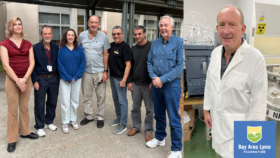
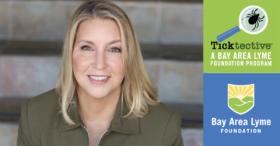
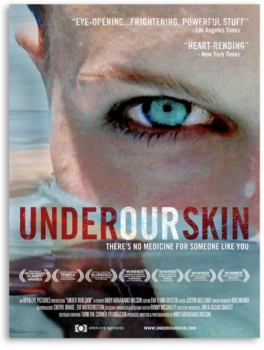
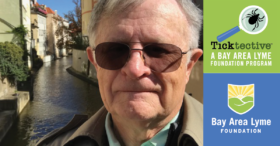
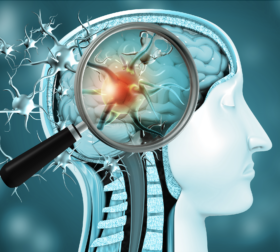 Robert Bransfield: Well, not enough. If you look at the old views of what caused psychiatric issues, it was thought to be demonic possession. Then we blamed our mothers, and then we blamed serotonin. It doesn’t quite make sense (to people) that there’s something that causes psychiatric illness. But these illnesses don’t just come out of nowhere.
Robert Bransfield: Well, not enough. If you look at the old views of what caused psychiatric issues, it was thought to be demonic possession. Then we blamed our mothers, and then we blamed serotonin. It doesn’t quite make sense (to people) that there’s something that causes psychiatric illness. But these illnesses don’t just come out of nowhere. 